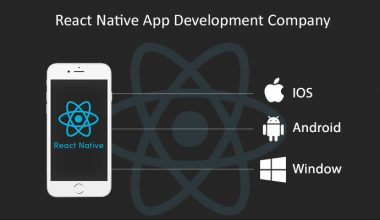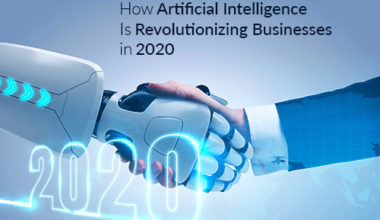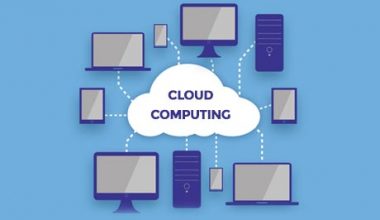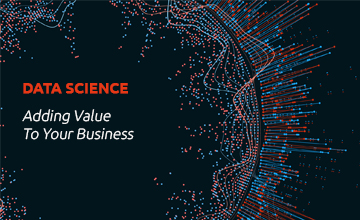The convergence of artificial intelligence (AI) and the Internet of Things (IoT) has opened up new possibilities for automation and innovation. IoT enables the connection of physical items and sensors, but AI empowers computers to learn, think critically, and make defensible decisions. Together, these technologies constitute a potent symbiotic connection that revolutionizes whole sectors and how we interact with the world. This blog post will examine how IoT and AI complement one another, from fundamental rule-based systems to sophisticated inference engines and generative AI.
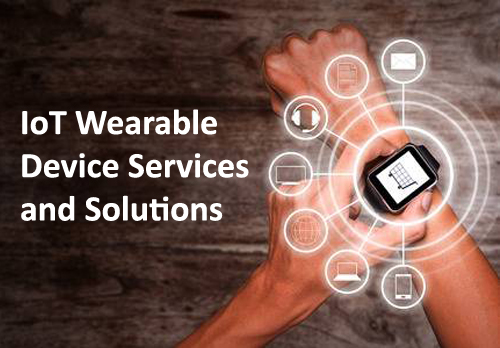
Basic AI in IoT: Enhancing Control Loops
In its simplest form, AI in IoT development company involves using software to generate a response to trigger events. Basic automation is provided by these rule-based systems, such as turning on a light when a switch is touched. As AI advances, the complexity of responses increases. For example, an AI system could consider the time of day and ambient light conditions before activating the light. This represents the incorporation of state recognition into the event-driven IoT system. Such rule-based AI can enhance control loops, optimize processes, and reduce human intervention.
Machine Learning for Smarter IoT Applications
An essential component of AI is machine learning (ML), which enables computers to learn from data and enhance performance over time. ML may be used in IoT to examine trends and generate predictions based on past data. For instance, ML algorithms may track the arrival of products at a warehouse and determine when employees need more light, automatically altering the illumination. Additionally, ML can improve resource scheduling and allocation, increasing the effectiveness of IoT applications. A useful tool for improving IoT systems, ML can adapt to and learn from real-world data.
Inference-Based AI: Making Decisions in Complex Environments
Inference-based AI takes IoT to a higher level by mimicking human-like decision-making processes. It gathers information from various sensors and applies inference rules to derive meaningful insights. This enables IoT systems in Iot development company to respond to a wider range of conditions without explicit programming. For example, an inference-based AI system could determine the need for additional workers based on factors such as demand, schedule, and availability. By automating decision-making processes, inference-based AI enhances the efficiency and effectiveness of IoT applications in complex environments.
Generative AI for Advanced IoT Applications
Generative AI holds tremendous potential for IoT applications in IoT development company, although its current implementation is largely based on internet-wide knowledge bases. Nevertheless, as generative AI tools evolve, they can be leveraged with locally collected data to extract valuable insights. By analyzing vast amounts of data and generating new knowledge, generative AI can help optimize planning processes in IoT. For instance, it can assist in predicting maintenance needs, demand forecasting, and optimizing supply chain operations. While generative AI is still in its early stages for IoT, its future potential is promising.
Overcoming Challenges: Balancing Real-Time Control and AI Processing
While AI brings numerous benefits to IoT applications, there are challenges to consider, particularly when it comes to balancing real-time control and AI processing. In many IoT scenarios, immediate responses are crucial for efficient operations. However, complex AI algorithms can introduce delays that compromise real-time control. To overcome this challenge, it is essential to separate the analysis steps from the control loop steps. By optimizing the division of tasks and utilizing fast processing techniques, such as parallel computing or edge computing, it is possible to achieve the desired balance between real-time control and AI processing in IoT systems.
Ethical Considerations: AI and Data Privacy in IoT
The convergence of IoT and AI creates significant ethical questions, particularly with regard to data security and privacy. IoT devices produce enormous volumes of data, and AI uses this information to train and make decisions. It is essential to handle this data sensibly and make sure that privacy laws are followed. Strong security safeguards must be implemented into IoT devices to prevent unauthorized access to sensitive data. Furthermore, transparency in AI algorithms and decision-making processes is crucial to maintain confidence and eradicate any biases. It’s critical to find the right balance between privacy protection and AI-driven insights in order to guarantee the long-term success and acceptance of IoT and AI technologies.
Scaling AI for Complex IoT Ecosystems
As IoT ecosystems grow larger and more complex, scaling, AI becomes a significant consideration. IoT systems may involve thousands or even millions of interconnected devices, generating an enormous volume of data. AI algorithms must be scalable and capable of managing the increased processing demands in order to extract valuable insights from this data. Distributed computing architectures, cloud services, and edge computing can help distribute the processing load and facilitate efficient AI deployment in large-scale IoT environments. By leveraging scalable AI solutions, organizations can unlock the full potential of IoT, even in complex and dynamic ecosystems.
Empowering Human-Machine Collaboration
The goal of the IoT and AI partnership is to enhance rather than replace human engagement. By automating repetitive processes, delivering data-driven insights, and facilitating more informed decision-making, AI enhances human skills. For establishing objectives, formulating rules, and evaluating the results of AI systems, human judgment, and knowledge are still essential. Humans can concentrate on more complex activities that call for creativity, critical thinking, and emotional intelligence with the help of AI. IoT and AI work in cooperation to provide results that are more effective and efficient by utilizing both the capabilities of humans and machines.
Conclusion
The integration of IoT application development services and AI brings numerous benefits and opportunities. From basic rule-based systems to advanced inference engines and generative AI, these technologies support each other to enhance automation, optimize processes, and improve decision-making in various IoT applications. While challenges such as balancing real-time control and AI processing and addressing ethical considerations arise, technological advancements and responsible implementation can overcome these hurdles. By staying informed about the latest AI developments and leveraging the synergies between IoT application development services and AI, organizations can unlock the full potential of smart automation, paving the way for a more connected and intelligent future.


